It was very strange, and almost physically painful, to watch a film about the Serbian attacks on Croatian towns, during the last ethnic war between the countries of former Yugoslavia. Much more so, after a couple of visits to the lovely Dubrovnik on the Dalmatian Coast. It is very hard to connect the images of this charming little town; with its cliffs overlooking blue seas, and the perfect beige buildings with their orange roofs scattered across the hills, to the most horrifying human crimes: brutal murder and rape, old women and children being shot on the streets of cities under siege.
Actually, none of the urbanistic beauty and perfection of present day Dubrovnik was there fifteen years ago; the whole city has been rebuilt. I spoke to a woman from California who had been there in the late 70´s, and the only thing she could recognize was a horrible, rather anachronistic, amphiteatre-shaped typical seventies’ hotel by the seaside, near the harbour.
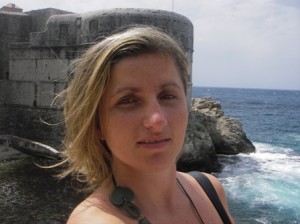
As a Croatian tour guide put it, if you come to Dubrovnik seeking the traces of the war, you will be very disappointed, because, by looking at Dubrovnik, you would never guess that a war ever reached these peaceful shores. If you dock in Dubrovnik for the first time, you will be amazed at the imposing fortress and its magnificent vistas of the blue seas below. Cruise ships and yatchs will usually dock about ten minutes from the walled Old Town, unquestionably the most popular sight in the area, and they arrive in such large numbers from Spring to Fall, that the city hardly contains the number of workers that the tourist industry demands. This is why people from Albania and former Eastern block countries usually seek work in Dubrovnik.
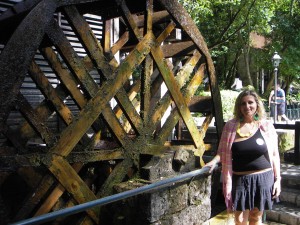
Nothing of what you might expect from a former Communist country will be found here; no bad taste in architecture, no ugly shoe-box buildings like the ones I saw in Moscow in the early nineties, or in some parts of St. Petersburg even last year, prices are not much lower than in most of Western Europe, even when you will get many more Kunas than Euros for your dollars. Nor will you find a deep-rooted hatred of the former communist dictators. Tito, the man responsible for the unification of Yugoslavia, demonized by the US, and the West in general, is nowadays widely considered a man who did both good and bad things for the country Croatia was once a part of. One of the things I heard Croatians praise Tito for was the fact that Yugoslavians were able to travel abroad, as well as practise any religion they chose, unlike citizens of most countries behind the iron curtain.
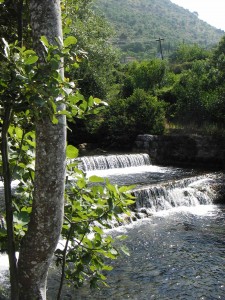
But the modern Croatia has long erased the traces of Tito´s rule; it has embraced Western ways, while keeping its rich cultural heritage. My favorite place in Dubrovnik so far is a little restaurant by a dwindling river, complete with an ancient water-mill and meandering paths along the surrounding forest. The river is called Angry river (Lutja in Croatian), and it is one of several fresh water sources that flow down into Dubrovnik from the surrounding mountains. Apparently, the river is very angry at its surge, but it is thoroughly tamed and calm when it gets to the area. All you can see there is a cristalline creek, forming charming little waterfalls, covered by wooden bridges, which lead towards the coolness of the forest.
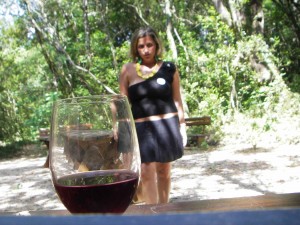
Enclosed between the Italian border, and the mountain ranges that separate it from its neighbours of Montenegro and Bosnia Herzegovina, Croatia is like a Phoenix reborn from the ashes of a totalitarian regime and a horrible war. Famous for its oysters and its wine, the country has much to offer in the way of natural beauty, preserved typical villages, beautiful traditional music and typical costumes, and a rich history and architecture.
The port is only a couple of minutes from the City Walls, by shuttle bus. Recommended sightseeing includes the beautiful Lopud island, CAVTAV beach resort, and Ston, Croatia´s oyster capital, all within few miles of Dubrovnik. Even if you choose to stay in the Old Town, there is lots to do. You can explore the labyrinthic fortress, browse through numerous gift shops, have lunch or coffee at one of many delightful waterfront cafés, or, like I did the first time I was there, just wander around the cliff-top roads to discover the coast´s breath-taking beauty.
More than any other Mediterranean port, Dubrovnik will be a pleasant surprise for any first-time visitor.

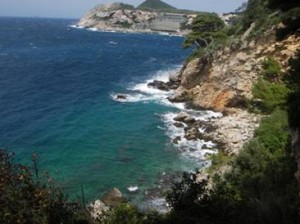

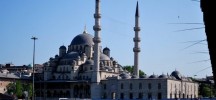
One thought on “Dubrovnik, Croatia: A Mediterranean Phoenix”